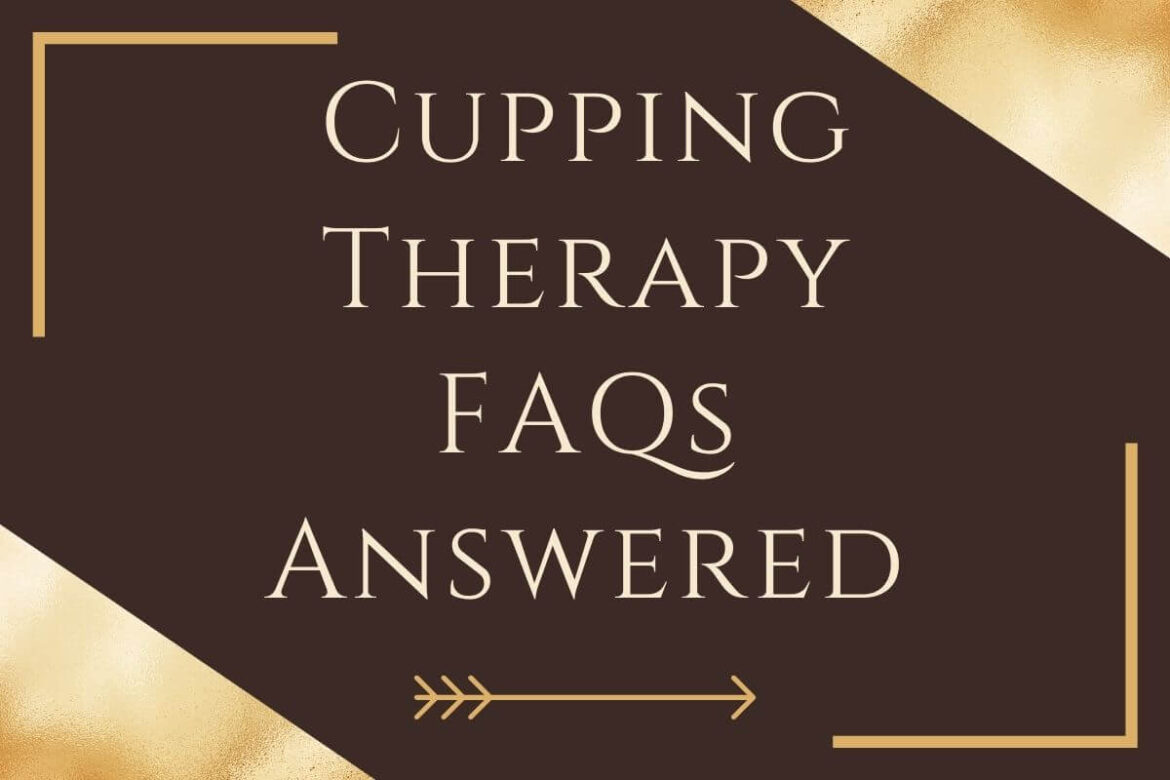Cupping Therapy is a popular Chinese alternative treatment that dates back to a few thousand years. The therapy uses Suction cups to create a vacuum and thereby improves blood circulation and soothes nerves. The common types are dry cupping and wet cupping therapy, and both promise several benefits, including relief from very common muscle soreness and skin problems. When you are new to therapy, you would have quite a few questions; We have your FAQs answered here.
1. What is Cupping Therapy?
Cupping is an alternative therapy that originated in China thousands of years ago. Cups placed on the skin creates suction which facilitates better blood circulation and promotes cell repair.
2. What are the types of cupping?
In the present day, there are two main types of cupping performed. They are Dry cupping and Wet cupping. Dry cupping involves suction and is the most popular method of cupping. Wet cupping therapy, also known as Hijama, involves not only suction but also controlled medicinal bleeding.
3. Who is cupping therapy beneficial for?
Cupping is beneficial for people who have frequent muscle aches and pains. Cupping therapy is also effective in treating several skin issues and digestive issues. Also, the treatment can potentially help people who are suffering from facial paralysis, herpes zoster, cough and dyspnea, acne, cervical spondylosis, and lumbar disc herniation.
4. How does cupping therapy work?
Suction Cup therapy uses vacuum pressure to pull the skin upwards with the help of various cupping sets. After the vacuum is created, the cup is moved carefully across the skin. It increases blood circulation, calms the nervous system, and thus relieves stiffness of muscles.
You Might Also Like:
5. Is cupping painful?
Cupping therapy is generally a painless process. However, post-treatment, it leaves a red mark on your skin. Since the cup is left on the skin for 5 to 10 minutes before it is removed, you can find a distinct red circle mark where the tissue was pulled up. But, the mark fades in a few days.
6. What can you expect during a cupping session?
During a cupping therapy session, the therapist heats up and places the suction cups one after another on your skin. This action creates a vacuum inside the cup, further pulling the skin and muscle up. In dry cupping, the cups are allowed to rest in the place for up to 10 minutes and then removed. But in the case of wet cupping therapy, the cup is removed within a few minutes to draw blood by making an incision. Then, to prevent any infection, bandages and ointments will be applied after wet cupping.
7. What is the typical outcome?
A session of cupping therapy can offer a multitude of benefits and can treat various health conditions such as digestive problems and skin problems. It will help you get relief from muscle aches and pains by improving blood circulation and relieving muscle tension. You can talk to an experienced TCM practitioner to understand if cupping therapy is suitable for you and what conditions can be treated.
8. Are there any side effects?
Yes, you can experience a few side effects during or after the treatment. A few might feel dizzy and lightheaded during the treatment. You can also experience nausea or sweating. After the treatment, you may feel irritation in the cupped area.
9. Is there any risk involved?
There are no major risks associated with cupping therapy. However, there is a risk of infection. It can be avoided if the practitioner cleans your skin correctly and follows the necessary precautions for controlling the infection. Other risks associated with cupping are scarring and bruising of the skin, but these disappear within ten days.
10. Can cupping be done at home?
Yes, you can perform Cupping at home. Use a cupping kit of good quality; also, it is good to limit the frequency to once a week. You can opt for it after strenuous workouts and before long social events. This is the reason cupping therapy is very popular among sportspersons.
Hope we have covered your questions on Cupping therapy and its benefits. If you have more questions, feel free to ask in the comments section.
Images from canva.com

